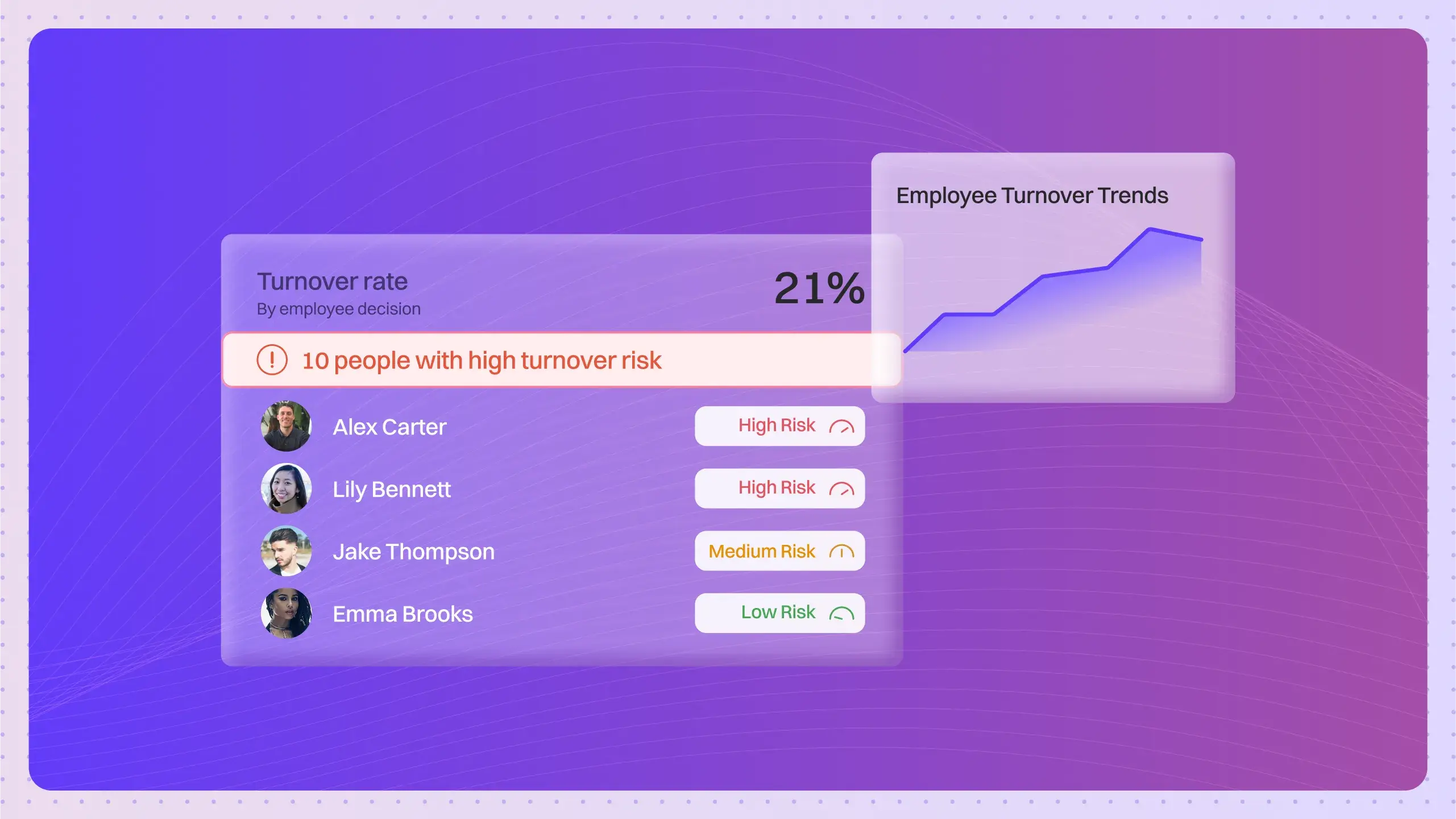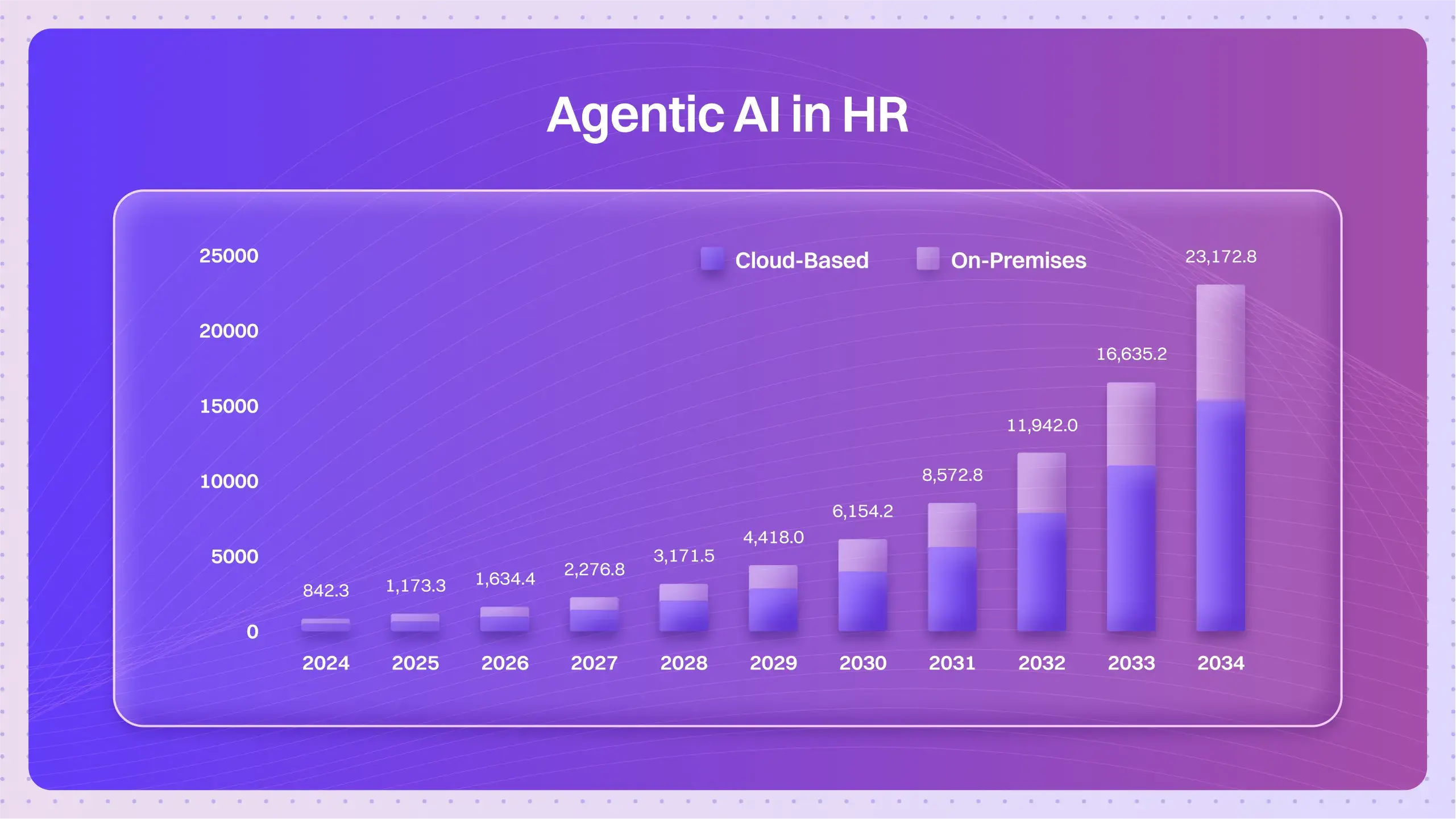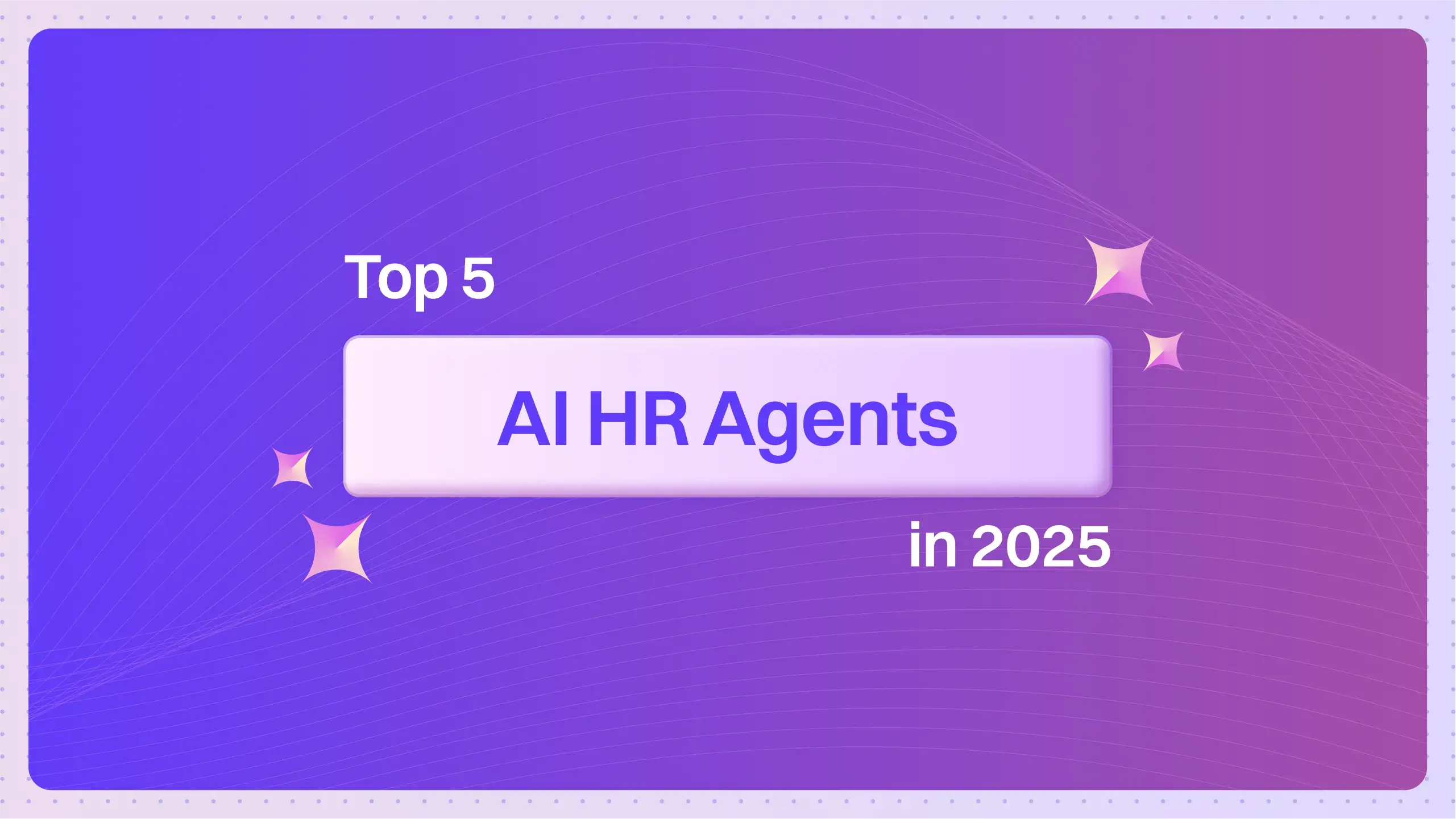Table of Contents
ToggleIn the multifaceted realm of the design industry, every project presents a unique array of challenges. Whether tasked with envisioning a cutting-edge skyscraper, crafting a user-friendly mobile app, or conceptualizing the next generation of automobiles, the pursuit of excellence is both a driving force and a daunting task for designers, architects and the like.
Consider automotive design, where the challenge extends beyond aesthetics to encompass functionality, safety, and environmental sustainability. From balancing aerodynamics with visual appeal to integrating cutting-edge technology seamlessly, automotive design demands meticulous attention to detail and ingenuity.
And that’s where Generative AI design tools come in. There are AI design generators for faster content creation, and creative assistants to speed up the designing process for architectural models. This transformative technology enables designers to go beyond traditional methods by utilizing AI-generated solutions to iterate and optimize designs rapidly.
Key Applications of AI Design Generators
- Product Design and Optimization
Generative AI empowers designers to create and refine product designs with greater efficiency and innovation.
- Architectural Design and Urban Planning
Generative design is revolutionizing architectural and urban planning processes by enabling designers to explore numerous design possibilities and evaluate their performance against various criteria such as aesthetics, functionality, and sustainability.
- Automotive and Aerospace Engineering
In the automotive and aerospace industries, generative design is being used to optimize the design of vehicle components and aircraft structures.
- Content Creation
Generative AI is transforming content creation processes by automating the generation of visual and textual content.
And those are just a few of generative AI use cases in design. In order to get a good look at how this technology is making all this happen, let’s start with a few names from the companies who have implemented it.
3 Companies Using Generative AI Design Tools
Leading companies across different sectors have embraced generative design to streamline their workflows, enhance product development, and drive innovation by building their own or using pre-existing AI design tools trained on their data. For instance:
Microsoft
As a harbinger of change for the world of video game storytelling comes Microsoft’s big plans for one of its gaming brands, Xbox. Thanks to their new partnership with Inworld AI they intend to make games much more immersive through “tech that allows NPCs to evolve beyond predefined roles, adapt to player behavior, learn from interactions, and contribute to a living, breathing game world,” according to Kylan Gibbs, chief product officer and co-founder of Inworld AI.


Non-playable characters (also known as NPCs) are significant pieces in most games, and the technology behind making them capable of change and growth with dialogue scripts that write themselves “will become a catalyst for a new era of storytelling, creative expression, and innovative gameplay.”
It’s artificial intelligence at its finest for this billion dollar industry. Games are created to be predictable. Predictable scripts, predictable adventures. But with generative AI in play, an unpredictable world with unseen levels of immersiveness may soon become possible. “AI NPCs are not just a technological leap. They’re a paradigm shift for player engagement,” says Gibbs.
Airbus
Airbus, one of the world’s leading aircraft manufacturers, used 3D printing and Autodesk’s generative AI with a few other AI design tools to build an incredibly strong yet lightweight cabin partition for what it calls Airbus Concept Plane 2050.


A very ambitious project to build a jetliner with cabins that offer customized experiences and be more eco-friendly. The plane of the future will be designed to be much lighter, to use less fuel, and to leave a smaller carbon footprint.
Nutella
Nutella just may have been one of the early adopters of AI in Design, by using an AI algorithm to generate 7 million unique packaging designs all the way back in 2017, when generative AI wasn’t even a conversation being had in the mainstream.


This campaign, called Nutella Unica, was conducted in Italy and was a huge success, with all 7 million jars sold out in a month.
| What Do The Forecast Gurus Say? According to Precedence Research: “The global generative AI in design market size was estimated at USD 412.06 million in 2022 and it is expected to hit around USD 7,754.83 million by 2032, poised to grow at a CAGR of 34.11% during the forecast period 2023 to 2032.” |
Popular Generative Design APIs And Softwares
OpenAI’s Sora
While unclear whether Sora’s API would be made available or not, it certainly is an AI design generator that has made a lot of waves across articles and Youtube videos. Many enterprises seem to be looking forward to integrating it into their businesses.


Driven by the limitations of current AI chips hindering OpenAI’s growth, Altman is reportedly in discussions with potential investors, including the United Arab Emirates government, to raise a staggering $5-7 trillion for this ambitious project. This initiative, as reported by The Wall Street Journal, aims to significantly increase global chip-building capacity, potentially impacting a wide range of industries reliant on this crucial technology.
Autodesk Fusion
Autodesk Fusion, previously known as Autodesk Fusion 360 is the first and only integrated cloud CAD (Computer-aided design), CAM (Computer-aided manufacturing), CAE (Computer-aided engineering), and PCB (Printed circuit board) software platform of its kind.
Used by companies like Yamaha, Logitech, Gibson and more, this commercial software is well equipped with generative AI capabilities that can automatically generate product designs that are optimized for manufacturing method, performance, cost, and more. That’s all thanks to Autodesk’s acquisition of BlankAI, which was used to develop their own artificially intelligent technology called “Autodesk AI” and integrated into their products.


A few of the features available in Autodesk Fusion are flexible 3D modeling and design, cloud collaboration and data management, photo-realistic rendering and documentation, and innovative generative design.
Stable Diffusion
Stable Diffusion is a generative artificial intelligence (generative AI) model from StabilityAI that produces unique photorealistic images from text and image prompts. It was originally launched in 2022. Besides images, you can also use the model to create videos and animations.
It represents a notable improvement in text-to-image model generation. It’s broadly available and needs significantly less processing power than many other text-to-image models. Its capabilities include text-to-image, image-to-image, graphic artwork, image editing, and video creation (offered through Stable Video Diffusion).


It also has an API available for integration.
Lyzr SDKs
Integration of varied API services to build custom softwares and tools for internal company usage has been a popular option for enterprises, especially to launch chatbots. However, this comes with its own set of challenges – from API throttling and usage-based costing, to limited control over management and data security.
This is where Lyzr stands out as the new-age alternative for building custom chatbots. From knowledge search and youtube transcript summarization to querying websites, it offers all. The pre-built SDKs allow the deployment of GenAI apps with limited AI expertise and only a few lines of code. It’s so easy that even the non-technically inclined can start building their own private GenAI apps with the help of Lyzr’s easy-to-understand documentation.
Examples of AI Agents Lyzr Can Build for Design
Generative AI for design is utilized in various ways across industries. While content creation remains the most popular use case, there are other applications that are on the rise with the advent of private AI agents. Here are a few examples:
- Material Selector: Assists in choosing optimal materials for packaging based on project needs.
- Design Inspiration Finder: Quickly curates design inspirations and references based on chat-based interface.
- Consultation Assistant: Provides design advice, streamlining client-artist communication.
- Design Document Generator: Generates detailed and customized design documents based on specific customer information and requirements.
The Present and Future of Generative AI Across Industries
Though the Heydar Aliyev Center in Azerbaijan already stands as testament to what generative design is capable of now, there’s more one can expect from it that extends to mechanical engineering and other fields of design.
With its ability to explore vast design iterations, optimize solutions, and uncover novel ideas through AI design generators, the future would probably see generative design tools completely taking over analyzing, augmenting and automating design work. Thereby freeing humans to do what they do best: create.
But the usage of generative AI transcends industries. It’s not just affecting design and manufacturing, but also automotive, e-commerce, insurance, HR, energy, healthcare, finance, procurement and legal.
If you are interested in building private GenAI agents for your enterprise, across industries and functions, book a demo with the Lyzr team to evaluate your options and find the right fit.

Book A Demo: Click Here
Join our Slack: Click Here
Link to our GitHub: Click Here







